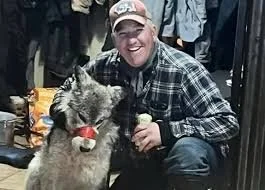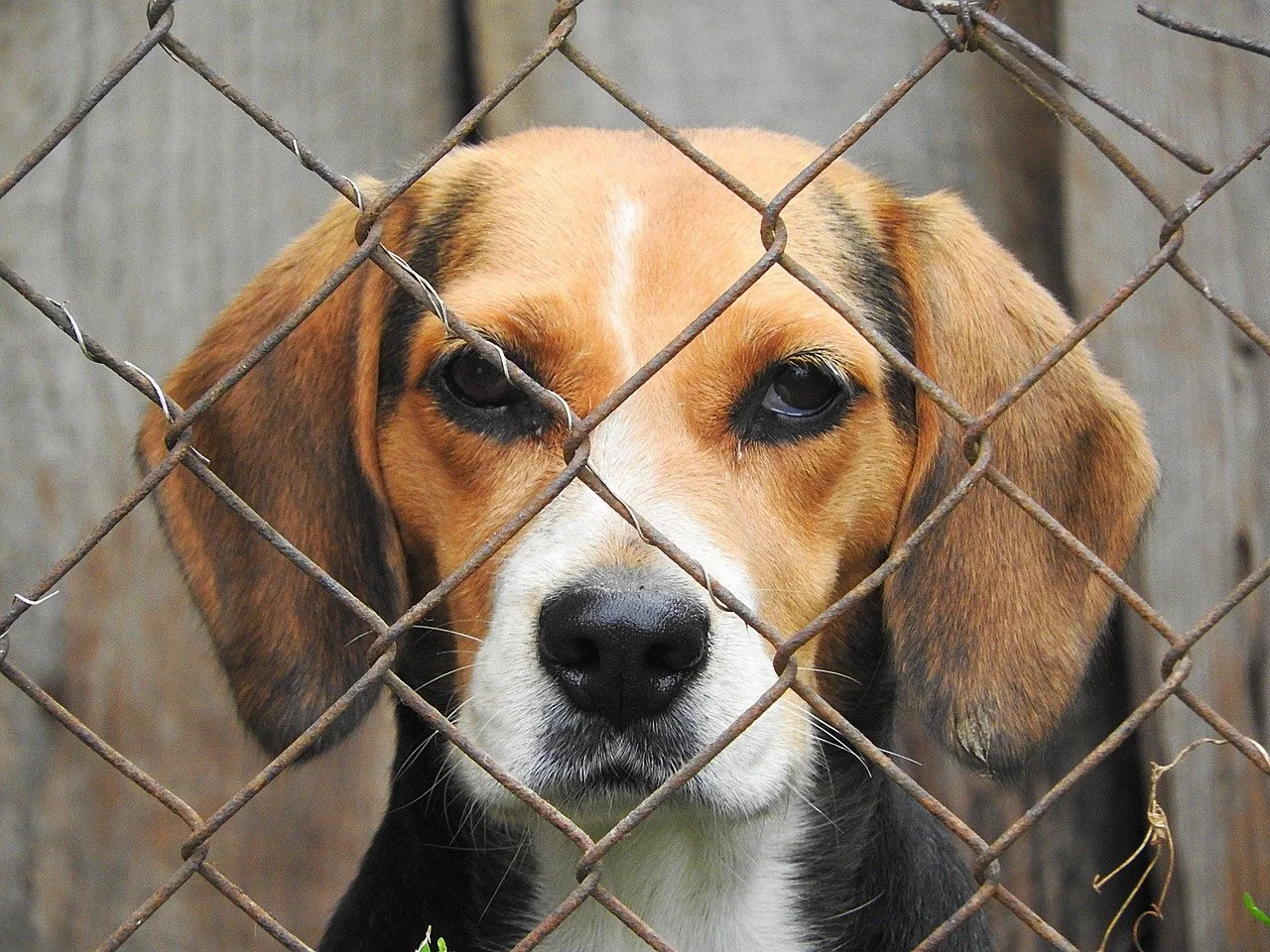Bird flu in the US: third person tests positive as virus also detected in beef
The outbreak continues to spread in farms across the country as figures show that nearly 100 million poultry and 68 dairy herds have now been affected by the deadly H5N1 strain.
A third person has tested positive for bird flu as part of the ongoing outbreak of the virus on dairy farms across the country.
The latest case was identified in a dairy farm worker in Michigan, the Centers for Disease Control and Prevention (CDC) announced today, May 30. The worker had been exposed to sick cows, making it likely that the virus had spread from cow-to-person rather than human-to-human transmission.
In the two previous cases already reported - one dairy farm worker in Texas and another also in Michigan - both displayed conjunctivitis, also referred to as “pink eye”.
However, this third positive case is the first since the outbreak began in the US for the symptoms to include respiratory problems.
There is concern that these new symptoms could “increase the odds of exposing someone to the virus as compared to conjunctival symptoms”, Dr Nirav Shah, principal deputy director of the CDC told journalists. “Someone who’s coughing may be more likely to transmit the virus than someone who has an eye infection like conjunctivitis.”
The CDC confirmed that the person is currently “recovering”, and has been treated with influenza antivirals.
The latest human transmission comes amid a separate announcement from the U.S. Department of Agriculture (USDA) that says bird flu has been detected in a cow who was destined for the beef industry.
The affected cow was a dairy cow who had been sent to slaughter at a meat processing plant. It is common for older dairy cows to be sent to the slaughter house, and processed into beef products like hamburgers. The testing had found bird flu virus particles in tissue samples taken from the cow as part of safety inspection measures.
USDA confirmed that the infected cow had not entered the nation’s meat supply. Bird flu has however already entered the nation’s dairy supply, with samples of pasteurized milk from grocery store shelves testing positive for remnants of the bird flu virus, in research conducted by the U.S. Food and Drug Administration.
“The more the virus spreads, then the chances of it mutating so it can spread into humans goes up and up. Basically, we are rolling the dice with this virus.”
Bird Flu in the US - a Timeline
The first human case of the H5N1 strain of bird flu in the US was reported earlier this year on April 1. The dairy farm worker in Texas is believed to have been the world’s first ever case of the strain having passed from a cow to a human.
Then a month later on May 22, a second human case was identified amid an outbreak of the virus among dairy cows in Michigan. Just over a week later a third case, also in Michigan but on an unrelated farm, tested positive.
The current outbreak has accelerated through dairy herds and poultry farms across the country. According to figures by the CDC filed on May 31, nearly 100,000 million poultry have been affected by the H5N1 strain, along with the virus also being detected in 68 dairy herds and nearly 10,000 wild birds.
A Risk to Human Health
As well as causing mass animal deaths, there is also alarm among the scientific community that the current outbreak poses a severe risk to human health too. The H5N1 virus had not been previously seen in cattle, and its spread on dairy farms in the US has highlighted how the virus is mutating and could potentially cross over to humans on a wider scale.
Chickens on a factory farm. Credit: We Animals Media
“It means that the risks of the virus getting into more and more farm animals, and then from farm animals into humans just gets higher and higher,” Ed Hutchinson, a virologist at Glasgow University recently told The Guardian. “The more the virus spreads, then the chances of it mutating so it can spread into humans goes up and up. Basically, we are rolling the dice with this virus.”
The meat and dairy industry’s widespread use of factory farms in the US and around the world has been identified as a likely risk of becoming a breeding ground for the next pandemic.
Factory farms can keep thousands and thousands of stressed animals kept in cramped and unsanitary conditions. Viruses can rapidly spread throughout the farms, giving them the opportunity to mutate and pass to farm workers.
We Have A Favor To Ask…
Species Unite amplifies well-researched solutions to some of the most abusive animal industries operating today.
At this crucial moment, with worldwide momentum for change building, it’s vital we share these animal-free solutions with the world - and we need your help.
We’re a nonprofit, and so to keep sharing these solutions, we’re relying on you - with your support, we can continue our essential work in growing a powerful community of animal advocates this year.






